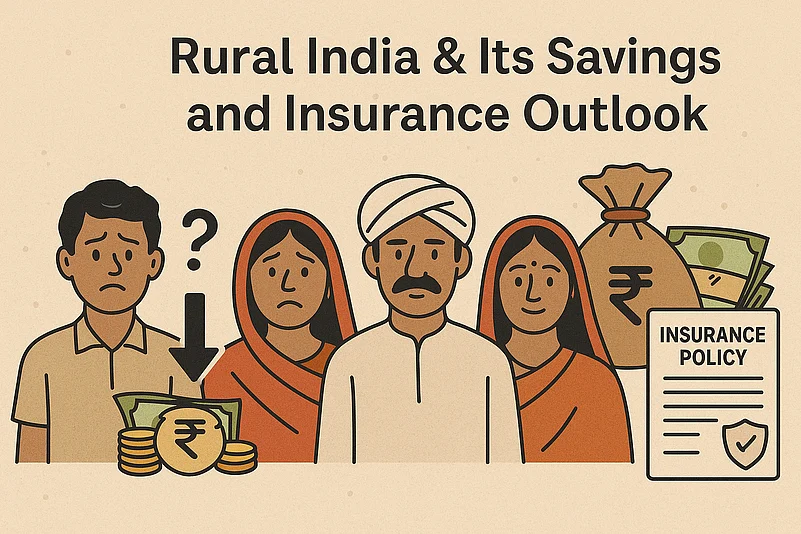A new survey shows that financial stress is weighing heavily on rural India, with one in four people believing their savings might not last even 12 months. The finding is part of the India Protection Quotient (IPQ) 7.0 report by Axis Max Life Insurance and research firm KANTAR, which tries to map how financially prepared Indians feel.
The report, which surveyed over 1,600 respondents across 155 villages, details how much, or how little, has changed in terms of financial security outside urban centres.
Awareness is Up, But Ownership Still Trails
Ahead of National Insurance Awareness Day (observed on June 28 every year) it is crucial to understand how people view life insurance protection, especially in rural India.
In this particular aspect, there are some positive signs. Rural India’s Protection Quotient, a composite score reflecting awareness, ownership, and confidence around life insurance, has gone up to 16, from 12 in the earlier edition. Awareness about insurance, especially term insurance, has improved too. But when it comes to actually buying a policy, numbers are still low.
Despite knowing about life insurance, many rural Indians remain on the sidelines. Cost is a key barrier: around 40 per cent said they simply don’t have the money for it, compared to 31 per cent in urban areas. Poor past service experiences and the belief that insurance is only for the benefit of family, not the individual, also came up as common reasons people hesitate.
Savings Run Thin for Many
What stands out is the deep sense of financial vulnerability. A quarter of respondents said their savings would not stretch beyond a year. And while nearly four in ten are hopeful that their savings could last five years or more, up from 20 per cent in a previous round of the survey, that optimism is not necessarily backed by stability.
One reason behind this could be how many rural households deal with irregular incomes, such as a family relying on agricultural income. Moreover, basic expenses and loan repayments also often eat into what little such families can set aside for savings.
Women still lag behind on financial protection
The gender gap is sharp as ever, wherein rural women have scored lower on every parameter, be it awareness, insurance ownership, and confidence. On average, their protection quotient was 14, compared to 17 among men.
The report points out that in most cases, financial decisions are still handled by male members of the household.
However, there are signs of change. Women part of Self-Help Groups (SHGs) or heading their own households were more financially aware and more open to engaging with insurance products. Younger women, especially in the South and West, showed more interest in learning about digital and financial tools.
Regional Variations Persist
The report also highlights how regional variations speak loudly on insurance ownership. Rural areas located in West and South India performed better when it came to awareness and ownership of insurance products.
East India, on the other hand, recorded the lowest numbers with just 3 per cent of respondents saying they own a term insurance plan and the gap between urban and rural ownership is also particularly wide.
Rural India relies heavily on government-backed schemes
The government-backed schemes are a financial mainstay for people in rural India. Over 60 per cent of respondents say they rely on public products or loans from self-help groups and cooperatives for their financial needs. Moreover, market based financial tools like mutual funds are largely out of their reach, both in terms of awareness and trust.
Health insurance, however, has seen some increase in uptake, which may point to growing concern about medical expenses.
What’s changed the most, perhaps, is how rural India is using digital tools. Around 88 per cent of respondents now use mobile phones for social media. Financial use of mobile devices, like UPI payments and online banking, has jumped from 17 per cent to 40 per cent. Nearly half of those surveyed now turn to digital platforms for resolving service issues, which could help financial services reach them more effectively, if those services are designed with rural needs in mind.
The Bottom Line
The survey does not entirely present a bleak picture since awareness may be improving, and the digital wave is definitely reaching rural areas. But financial confidence is still shaky, and the tools meant to build it often do not make it past the last mile. For a country aiming to make insurance universal by 2047, as per the vision of the Insurance Regulatory and Development Authority of India (Irdai), understanding these gaps and responding with more tailored, accessible solutions might be the real work ahead.















